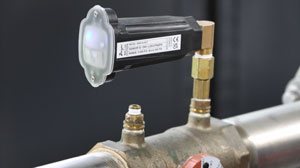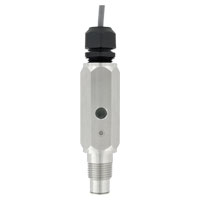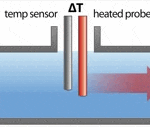
As the new year unfolds, Dwyer Instruments is gearing up to showcase its innovative solutions at two prominent tradeshows in January: AHR Expo and World of Concrete. These events provide a unique platform for professionals and enthusiasts to explore Dwyer’s latest offerings and engage in discussions about industry advancements.
Continue reading “Upcoming Tradeshows: Innovation at AHR Expo and World of Concrete”




 In the dynamic landscape of industrial instrumentation, every application has its unique demands. We want to ensure that our products meet your application needs. To do that, Dwyer Instruments provides not only a user-friendly online product configurator, but also a Fast Track Program for a fully customized solution.
In the dynamic landscape of industrial instrumentation, every application has its unique demands. We want to ensure that our products meet your application needs. To do that, Dwyer Instruments provides not only a user-friendly online product configurator, but also a Fast Track Program for a fully customized solution. Grain bin systems are the cornerstone of modern agricultural storage, offering a secure and efficient solution for managing harvested grain. Among the critical components of these systems, conveyor systems play a pivotal role in ensuring the smooth movement of grain within the bins. In this article, we will delve into the workings of various conveyor systems used with grain bins, providing insights into their functionality. Additionally, we will explore how Dwyer Instruments’ innovative products can enhance the monitoring and control of these conveyor systems.
Grain bin systems are the cornerstone of modern agricultural storage, offering a secure and efficient solution for managing harvested grain. Among the critical components of these systems, conveyor systems play a pivotal role in ensuring the smooth movement of grain within the bins. In this article, we will delve into the workings of various conveyor systems used with grain bins, providing insights into their functionality. Additionally, we will explore how Dwyer Instruments’ innovative products can enhance the monitoring and control of these conveyor systems.
 Thermal flowmeters use the thermal properties of the fluid to measure the flow of a fluid flowing in a pipe or duct. In a typical thermal flowmeter, a measured amount of heat is applied to the heater of the sensor. Some of this heat is lost to the flowing fluid. As flow increases, more heat is lost. The amount of heat lost is sensed using temperature measurement(s) in the sensor. The transmitter uses the heat input and temperature measurements to determine fluid flow. Most thermal flowmeters are used to measure gas flows. Thermal flowmeters represent 2% of global flowmeter sales.
Thermal flowmeters use the thermal properties of the fluid to measure the flow of a fluid flowing in a pipe or duct. In a typical thermal flowmeter, a measured amount of heat is applied to the heater of the sensor. Some of this heat is lost to the flowing fluid. As flow increases, more heat is lost. The amount of heat lost is sensed using temperature measurement(s) in the sensor. The transmitter uses the heat input and temperature measurements to determine fluid flow. Most thermal flowmeters are used to measure gas flows. Thermal flowmeters represent 2% of global flowmeter sales.